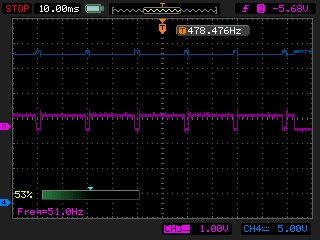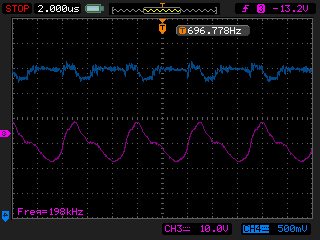Hi team,
Posting for a colleague. We are running into an issue with the output of the OPA548. Sometimes it latches to the positive rail and sometimes the output is a triangle wave which follows the input excitation signal.
So far we have tried adding a resistor across the input pins to discharged any stored charge and have increased the current limit of the part. Both helped, but don't eliminate the problem completely.
Resetting the device does not solve the latching issue, but shorting the input pins (1 and 2) always corrects the issue (but eventually it latches at a later time).
Has this issue been seen before? Why doesn't a power cycle reset the latch?
Thanks,
Nate



